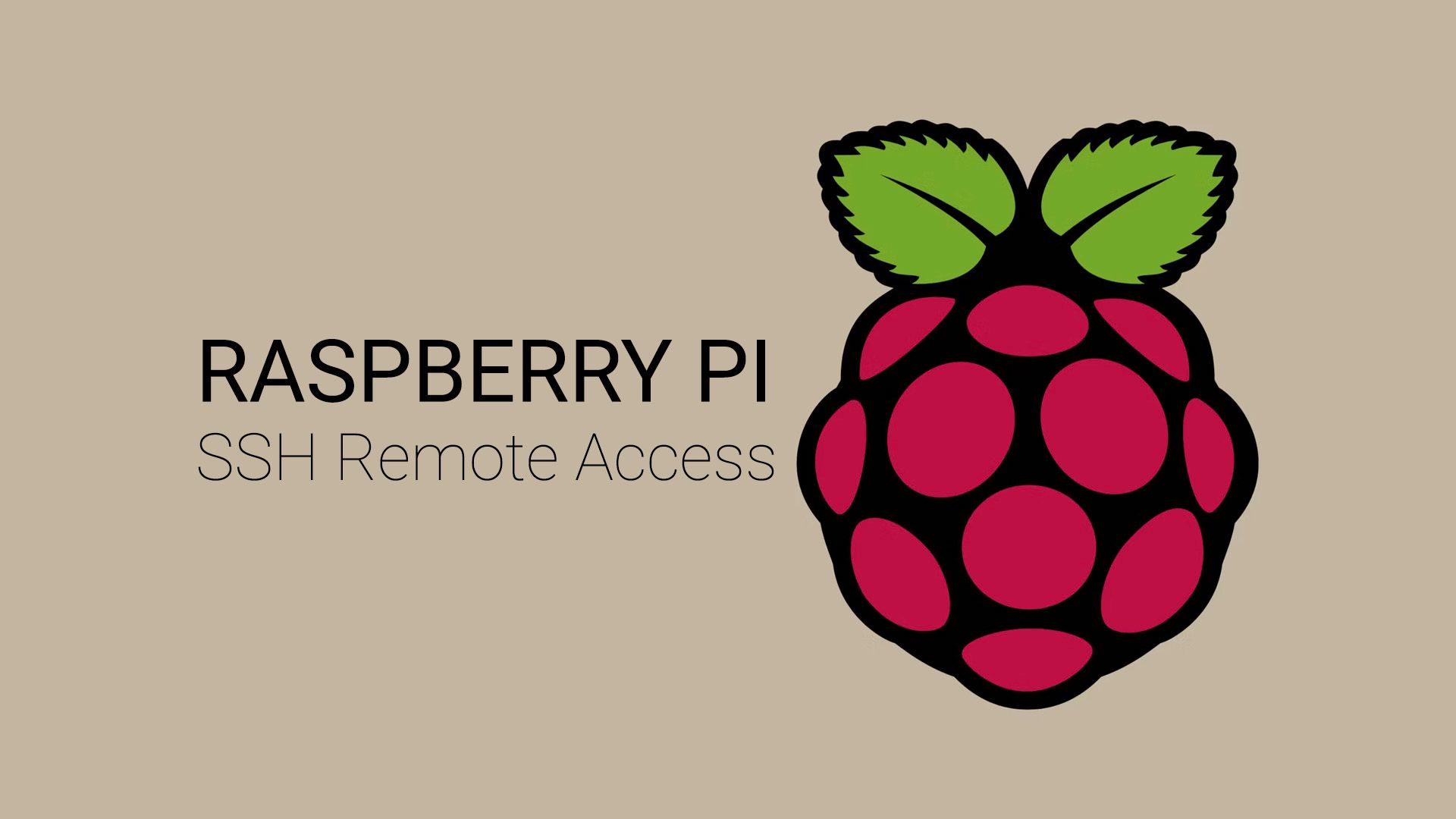RemoteIoT Platform SSH Android: The Ultimate Guide To Secure Remote Access
In today’s interconnected world, remote access to IoT devices has become a necessity for businesses and individuals alike. The RemoteIoT platform SSH Android is a powerful solution that allows users to securely manage and monitor their IoT devices from anywhere in the world. With the rise of smart devices and IoT ecosystems, the need for secure, reliable, and user-friendly remote access tools has never been greater. Whether you’re an IT professional, a developer, or a tech enthusiast, understanding how to leverage the RemoteIoT platform for SSH on Android devices can significantly enhance your productivity and security.
RemoteIoT platform SSH Android provides a seamless way to establish secure shell (SSH) connections to IoT devices directly from your Android smartphone or tablet. This platform is designed to simplify the process of remote device management while ensuring the highest standards of security. By integrating SSH capabilities with the convenience of mobile devices, RemoteIoT empowers users to troubleshoot, configure, and monitor their IoT infrastructure on the go.
In this article, we will explore the RemoteIoT platform SSH Android in detail, covering its features, benefits, setup process, and best practices for secure usage. Whether you’re new to remote access technologies or an experienced user looking to optimize your workflow, this guide will provide you with the knowledge and tools you need to make the most of this innovative platform.
Table of Contents
- Introduction to RemoteIoT Platform
- What is SSH and Why It Matters
- Benefits of RemoteIoT SSH Android
- How to Set Up RemoteIoT on Android
- Key Features of RemoteIoT Platform
- Security Best Practices for SSH
- Use Cases for RemoteIoT SSH Android
- Comparison with Other SSH Tools
- Troubleshooting Common Issues
- Conclusion and Call to Action
Introduction to RemoteIoT Platform
The RemoteIoT platform is a cutting-edge solution designed to simplify the management of IoT devices. It provides a centralized dashboard where users can monitor, control, and secure their IoT infrastructure. The platform supports a wide range of devices, making it versatile and adaptable to various use cases. Whether you’re managing a small home automation system or a large-scale industrial IoT deployment, RemoteIoT offers the tools you need to streamline operations.
One of the standout features of the RemoteIoT platform is its integration with SSH (Secure Shell) technology. SSH is a cryptographic network protocol that allows secure communication between devices over an unsecured network. By incorporating SSH into its framework, RemoteIoT ensures that all remote access sessions are encrypted and protected from unauthorized access.
The platform also supports Android devices, enabling users to access their IoT infrastructure from their smartphones or tablets. This mobile compatibility is particularly valuable for professionals who need to manage their devices while on the move. With the RemoteIoT platform SSH Android, users can perform tasks such as device configuration, troubleshooting, and monitoring without being tied to a desktop computer.
What is SSH and Why It Matters
SSH, or Secure Shell, is a protocol that provides a secure channel for communication between two devices over an unsecured network. It is widely used for remote administration of servers and IoT devices, as it encrypts all data transmitted during the session. This encryption ensures that sensitive information, such as login credentials and commands, cannot be intercepted by malicious actors.
The importance of SSH in the context of IoT cannot be overstated. With the proliferation of connected devices, the risk of cyberattacks has increased significantly. Hackers often target IoT devices due to their limited security capabilities. By using SSH, users can mitigate these risks and ensure that their devices remain secure.
SSH also offers several other benefits, including:
- Authentication: SSH verifies the identity of both the client and the server, preventing unauthorized access.
- Encryption: All data transmitted during an SSH session is encrypted, protecting it from eavesdropping.
- Portability: SSH is supported by a wide range of operating systems and devices, making it highly versatile.
How SSH Works
SSH operates by establishing a secure connection between a client and a server. The process begins with the client initiating a connection request to the server. The server responds by sending its public key, which the client uses to encrypt a session key. This session key is then used to encrypt all subsequent communication between the client and the server.
Benefits of RemoteIoT SSH Android
The RemoteIoT platform SSH Android offers numerous advantages for users who need to manage IoT devices remotely. Below are some of the key benefits:
1. Enhanced Mobility
With the RemoteIoT platform SSH Android, users can access their IoT devices from anywhere using their Android smartphones or tablets. This mobility is particularly useful for professionals who are frequently on the move and need to troubleshoot or configure devices in real-time.
2. Improved Security
By leveraging SSH technology, the RemoteIoT platform ensures that all remote access sessions are encrypted and secure. This reduces the risk of unauthorized access and data breaches, which are common concerns in IoT deployments.
3. User-Friendly Interface
The platform is designed with simplicity in mind, making it easy for users of all skill levels to navigate and use. Its intuitive interface allows even non-technical users to manage IoT devices with confidence.
4. Cost-Effective Solution
RemoteIoT eliminates the need for expensive hardware or complex configurations, making it an affordable option for businesses and individuals alike. Its subscription-based pricing model ensures that users only pay for the features they need.
How to Set Up RemoteIoT on Android
Setting up the RemoteIoT platform SSH Android is a straightforward process. Follow the steps below to get started:
Step 1: Download the RemoteIoT App
Begin by downloading the RemoteIoT app from the Google Play Store. The app is free to download and compatible with most Android devices.
Step 2: Create an Account
Once the app is installed, open it and create a new account. You’ll need to provide some basic information, such as your name, email address, and password.
Step 3: Add Your IoT Devices
After creating your account, you can add your IoT devices to the platform. This involves entering the device’s IP address and SSH credentials. The platform will automatically detect and connect to the device.
Step 4: Configure Security Settings
To ensure maximum security, configure the platform’s security settings. This includes enabling two-factor authentication (2FA) and setting up access controls.
Step 5: Test the Connection
Finally, test the connection to ensure that everything is working correctly. You can do this by initiating an SSH session and running a few basic commands.
Key Features of RemoteIoT Platform
The RemoteIoT platform SSH Android is packed with features that make it a powerful tool for managing IoT devices. Below are some of its standout features:
1. Real-Time Monitoring
The platform provides real-time monitoring of IoT devices, allowing users to track performance metrics and detect issues as they arise.
2. Automated Alerts
Users can set up automated alerts to notify them of any anomalies or security breaches. This ensures that potential issues are addressed promptly.
3. Multi-Device Support
RemoteIoT supports multiple devices simultaneously, making it easy to manage large-scale IoT deployments.
4. Customizable Dashboards
The platform allows users to customize their dashboards to display the information that matters most to them.
Security Best Practices for SSH
While SSH is a secure protocol, it’s important to follow best practices to maximize its effectiveness. Below are some tips for securing your SSH connections:
1. Use Strong Passwords
Always use strong, unique passwords for your SSH accounts. Avoid using default passwords or common phrases.
2. Enable Two-Factor Authentication
Two-factor authentication adds an extra layer of security by requiring users to provide a second form of verification, such as a code sent to their phone.
3. Limit Access
Restrict SSH access to trusted IP addresses and users. This reduces the risk of unauthorized access.
4. Regularly Update Software
Keep your SSH software and devices up to date to protect against known vulnerabilities.
Use Cases for RemoteIoT SSH Android
The RemoteIoT platform SSH Android is suitable for a wide range of applications. Below are some common use cases:
1. Home Automation
Users can remotely control smart home devices, such as thermostats, lights, and security systems, using the platform.
2. Industrial IoT
Businesses can monitor and manage industrial equipment, such as sensors and machinery, to ensure optimal performance.
3. Healthcare
Hospitals and clinics can use the platform to remotely monitor medical devices and ensure patient safety.
Comparison with Other SSH Tools
While there are several SSH tools available, the RemoteIoT platform SSH Android stands out for its ease of use and advanced features. Below is a comparison with other popular SSH tools:
| Feature | RemoteIoT | PuTTY | Termius |
|---|---|---|---|
| Platform | Android | Windows | Cross-Platform |
| Security | High | Medium | High |
| User Interface | Intuitive | Basic | Advanced |
Troubleshooting Common Issues
While the RemoteIoT platform SSH Android is reliable, users may encounter issues from time to time. Below are some common problems and their solutions:
1. Connection Failures
If you’re unable to establish a connection, check your internet connection and ensure that the device’s IP address is correct.
2. Authentication Errors
Authentication errors can occur if the username or password is incorrect. Double-check your credentials and try again.
3. Slow Performance
If the platform is running slowly, clear the app’s cache and restart your device.
Conclusion and Call to Action
The RemoteIoT platform SSH Android is a powerful and versatile solution for managing IoT devices remotely. Its combination of security, mobility, and ease of use makes it an ideal choice for both individuals and businesses. By following the setup instructions and best practices outlined in this article, you can ensure that your remote access sessions are secure and efficient.
If you’re ready to take your IoT management to the next level, download the RemoteIoT app today and experience the benefits for yourself. Don’t forget to share this article with others who might find it useful, and leave a comment below with your thoughts or questions. For more guides and resources, visit our website and explore our library of articles on IoT and remote access technologies.


Detail Author:
- Name : Lilyan Mann
- Username : vwisozk
- Email : ferry.tyson@carroll.com
- Birthdate : 1988-07-03
- Address : 49992 Estella Terrace New Earl, IN 81785
- Phone : (334) 701-0248
- Company : Rath, Smitham and Streich
- Job : Landscaping
- Bio : Illo esse consequatur id ut soluta quos. Nisi ad debitis nam enim. Voluptates vel quo ut quia ex vel mollitia provident.
Socials
twitter:
- url : https://twitter.com/emiliano193
- username : emiliano193
- bio : Magnam officiis rem nihil tempore fuga tenetur. Facilis dolorum dicta ullam sit. Quaerat earum et eligendi cupiditate porro vitae.
- followers : 225
- following : 1022
linkedin:
- url : https://linkedin.com/in/emiliano_jast
- username : emiliano_jast
- bio : Et laboriosam quidem ut est ut velit.
- followers : 6952
- following : 474
facebook:
- url : https://facebook.com/emiliano_xx
- username : emiliano_xx
- bio : Illum ea aut beatae autem ut deleniti sed libero.
- followers : 704
- following : 651